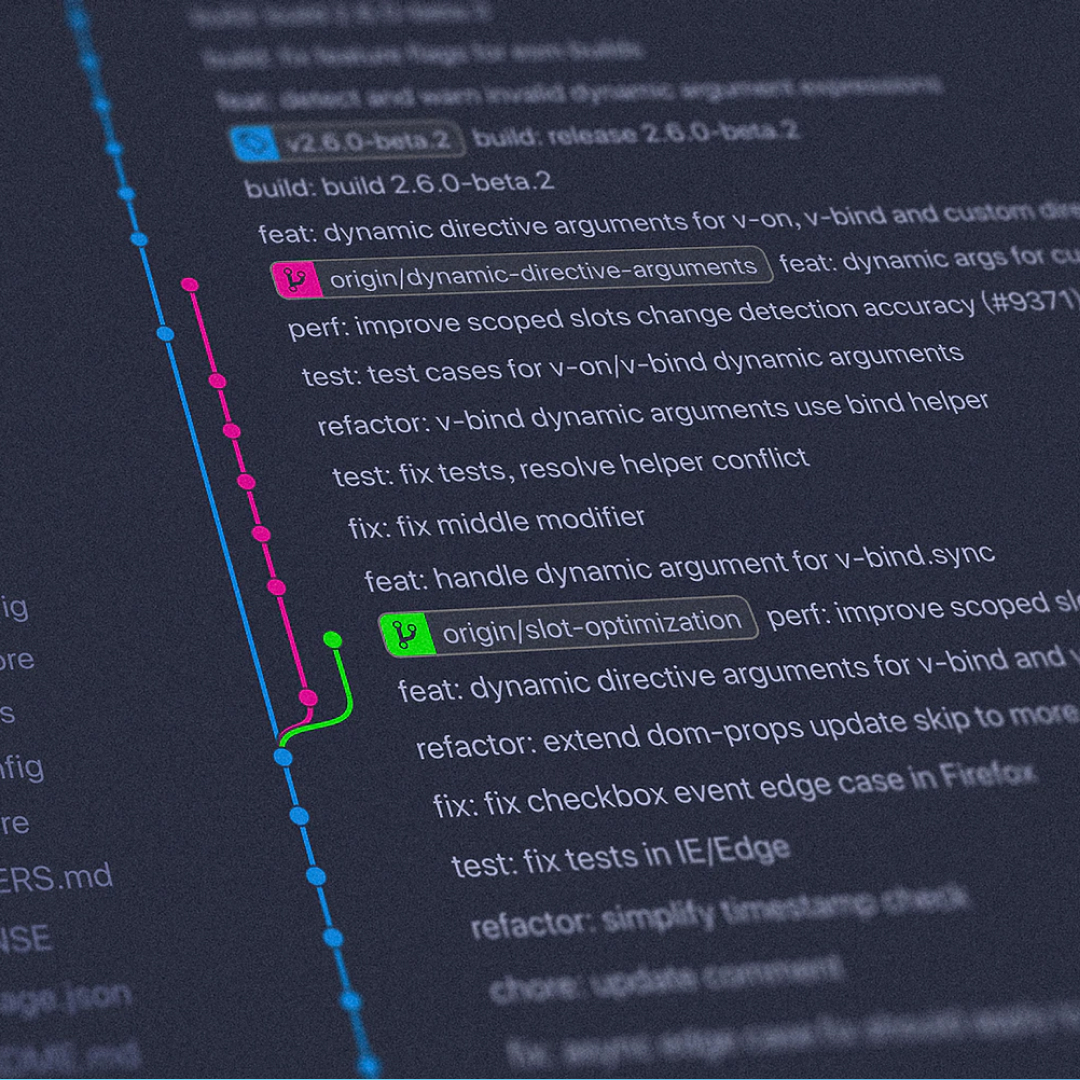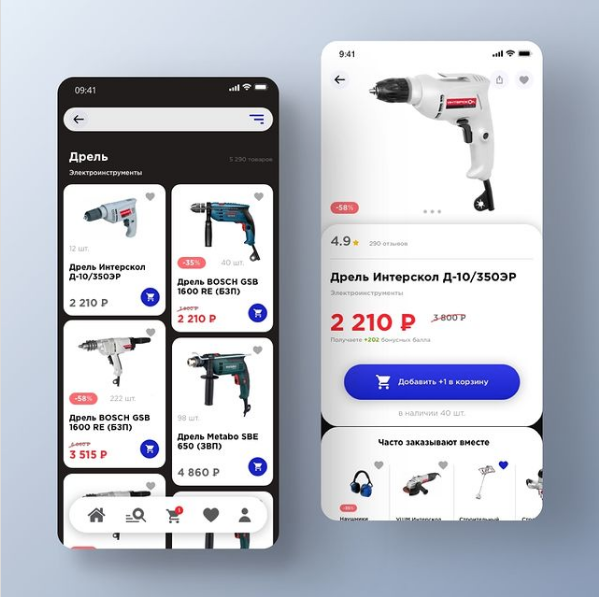Any startup starts with an idea, but it doesn't always become successful. To check its correctness at the initial stages of work, MVP (Minimum Viable Product) is used - the minimum viable product. It acts as a test version of a product or service: its functionality is limited, but sufficient to attract the first users.
This approach allows you to get feedback from the target audience and understand in which direction to move next. If the hypothesis turns out to be inoperative, the MVP will help identify mistakes and reduce financial losses.
MVP concept and benefits
The essence of the MVP concept is that an entrepreneur releases a real product and delivers it to the market. At the same time, the product is endowed with the functions that are necessary for the basic implementation of the idea and customer retention. In the future, the company monitors the behavior of people using the test version, and based on this, it modifies the hypothesis, taking into account user preferences, or abandons it if there is no demand.
Implementation of MVP in business strategy contributes to:
- checking the project on real data without spending a lot of time and resources;
- reducing the cost of development due to the rejection of secondary functions;
- reducing costs and risks when introducing a non-working idea;
- making a profit even before the completion of the product creation process;
- identifying unaccounted for audience needs;
- building a customer base prior to a full-scale launch of a startup;
- attracting investors, obtaining opportunities for crowdfunding.
So, MVP helps an entrepreneur to make sure that there is a market demand for the proposed product without serious financial investments and labor costs.
The main types of MVP
High-fidelity MVPs include:
1 MVP of Flintstone.
This method got its name in honor of the character of the cartoon of the same name, who created the appearance of driving a car. It is based on imitation of functionality that is not technically implemented in any way. The task of the economic agent is to convince users of the product's performance.
A prime example is the online store Zappos. Its founder Nick Swimmern posted pictures of different shoes on his website, although he did not have them available. When someone placed an order, the owner simply purchased the required pair from the store and sent it to the customer. So he managed to prove the viability of the idea of selling on the Internet, without spending money on purchasing goods and renting a warehouse for storage.
2 Scattered MVP.
This approach is relevant for ideas that do not require the development of unique software. Instead, ready-made tools are used, which are combined and presented in one interface. The creation of specialized software is resorted to only after receiving a response from users and achieving the first financial results.
This is how the Groupon shopping service was established. Initially, he worked on the Wordpress platform, and communication with clients was carried out via e-mail. As the popularity grew, social plugins, email newsletters, user interaction automation, and a mobile application were developed.
3 Concierge MVP.
This concept is implemented in online services that automate interactions with users. Initially, services are provided manually, without the use of automation tools.
The effectiveness of the method was proven by Chuck Templeton in the late 90s. He created a booking site, but did not immediately invest in technical systems, but manually booked tables in restaurants. This helped him to study the target audience and assess the relevance of his proposal.
4 Product with one parameter.
This approach is used for products with a minimal set of features (usually one). Thus, it is possible to segment the target audience and analyze its reaction.
The method was used by the founders of the Spotify music app, Martin Laurentson and Daniel Eck. In 2006, they launched a music streaming service. Now their project is collaborating with large recording studios, and the number of active users reaches 50 million.
How to create MVP
Each business has its own MVP implementation scheme, taking into account the type of product offered, market situation, team capabilities, etc. However, there is also a universal instruction, which consists of the following stages:
1 Formulation of the basic principles of MVP.
Before starting work, you need to hold a general meeting of the employees involved in the creation process. A number of important topics are brought up for discussion:
- how to spend the minimum amount of time and resources to test a business idea;
- what channels to use to get feedback from the audience;
- where to carry out pre-sale;
- what tools to use to promote the product.
The decisions taken must be recorded in the minutes of the meeting. They will be used by the whole team.
2 Product goal setting.
In order for a commercial proposal to become in demand, it must solve a specific customer problem. It should be clearly defined what value the product will bring to consumers, why they need to buy it. The designated task will be the starting point for further development.
3 Selection of a narrow target audience.
No project can satisfy the needs of all people. Each business niche has its own audience. Her detailed portrait must be drawn up, indicating gender, age, education, field of activity, income level, habits, hobbies, etc.
4 Identification of competitors.
Even the most interesting idea can be non-unique, so it is necessary to carefully research the market for competitors. If any, their USP, strategies used, sales volumes, financial and marketing goals should be examined. Someone else's experience can be useful when developing your own project.
5 Conducting a SWOT analysis.
The strategic planning method helps to identify the strengths, weaknesses, opportunities and threats of an idea. Each point is described as briefly as possible so that all team members can understand it.
6 Building a map of the user's journey.
User flow is a sequential list of actions that a customer takes when purchasing a product. This “route” should be fast, simple and convenient. It allows you to identify consumer requirements for design, interface and content.
7 Choice of functionality.
For each step of the client, you should define the functions with which it will be implemented. This list highlights the most important and minor options: the former are immediately included in the test version of the product, and the latter are added as it develops.
8 Choice of development method.
The following models can be used to create an MVP:
- Lean - making adjustments to the development based on user feedback and re-checking the resulting version;
- Scrum - dividing work into cycles, changing the product in each cycle;
- Kanban - solving corrective tasks as they come. 8 Testing.
MVP needs to be tested through alpha and beta testing. The alpha is carried out within the team itself, and the beta is already with real users providing feedback.



